Abarth 500 595 695 vs Dacia Bigster – Which one offers the better deal?
Two cars, one duel: Abarth 500 595 695 meets Dacia Bigster.
Which one wins in performance, efficiency and value for money? Find out now!
Costs and Efficiency:
Price and efficiency are often the first things buyers look at. Here it becomes clear which model has the long-term edge – whether at the pump, the plug, or in purchase price.
Dacia Bigster has a significantly advantage in terms of price – it starts at 20600 £, while the Abarth 500 595 695 costs 32600 £. That’s a price difference of around 12000 £.
Engine and Performance:
Power, torque and acceleration say a lot about how a car feels on the road. This is where you see which model delivers more driving dynamics.
Both models deliver identical power – 155 HP each.
In acceleration from 0 to 100 km/h, the Abarth 500 595 695 is clearly perceptible quicker – completing the sprint in 7 s, while the Dacia Bigster takes 9.70 s. That’s about 2.70 s faster.
In terms of top speed, the Dacia Bigster performs slightly better – reaching 180 km/h, while the Abarth 500 595 695 tops out at 155 km/h. The difference is around 25 km/h.
There’s also a difference in torque: Abarth 500 595 695 pulls slight stronger with 235 Nm compared to 230 Nm. That’s about 5 Nm difference.
Space and Everyday Use:
Cabin size, boot volume and payload all play a role in everyday practicality. Here, comfort and flexibility make the difference.
Seats: Dacia Bigster offers to a small extent more seating capacity – 5 vs 4.
In curb weight, Abarth 500 595 695 is minimal lighter – 1410 kg compared to 1425 kg. The difference is around 15 kg.
In terms of boot space, the Dacia Bigster offers decisively more room – 667 L compared to 185 L. That’s a difference of about 482 L.
In maximum load capacity, the Dacia Bigster performs decisively better – up to 1937 L, which is about 1387 L more than the Abarth 500 595 695.
When it comes to payload, Dacia Bigster a bit takes the win – 467 kg compared to 385 kg. That’s a difference of about 82 kg.
Who wins the race?
The Dacia Bigster proves to be leaves the rival little chance and therefore becomes our DriveDuel Champion!
Dacia Bigster is the better all-rounder in this comparison.
 @ Dacia / Renault Group Media
@ Dacia / Renault Group Media
Dacia Bigster
Abarth 500 595 695
The Abarth 500, particularly in its 595 and 695 renditions, captures the spirit of Italian motoring with its compact yet aggressive design. Known for its lively performance and distinctive styling, this little powerhouse is a joy to drive, offering an engaging experience that appeals to enthusiasts. With its rich motorsport heritage, the Abarth 500 embodies the essence of fun and excitement on both the streets and the race track.
details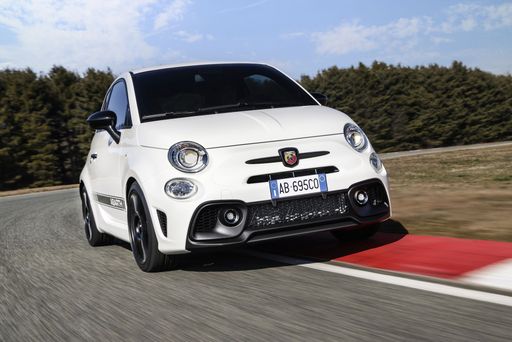 @ Abarth / Stellantis Media
@ Abarth / Stellantis Media
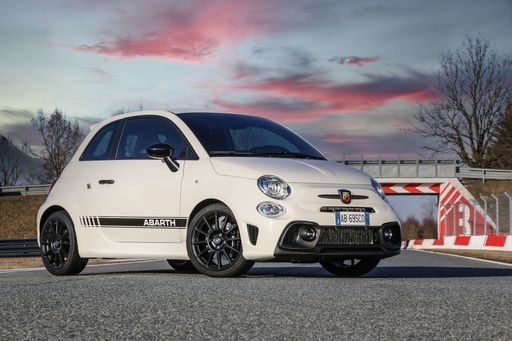 @ Abarth / Stellantis Media
@ Abarth / Stellantis Media
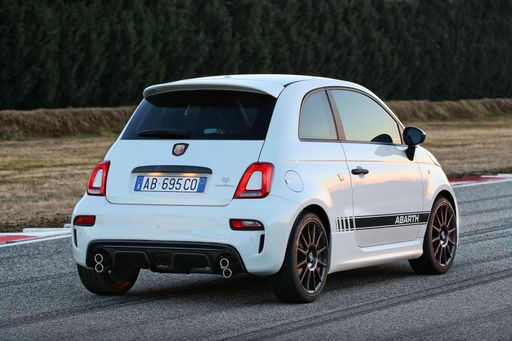 @ Abarth / Stellantis Media
@ Abarth / Stellantis Media
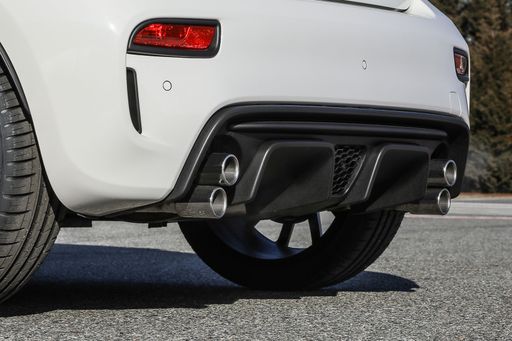 @ Abarth / Stellantis Media
@ Abarth / Stellantis Media
 @ Abarth / Stellantis Media
@ Abarth / Stellantis Media
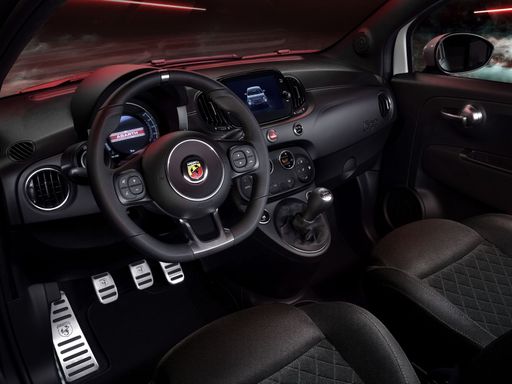 @ Abarth / Stellantis Media
@ Abarth / Stellantis Media
Dacia Bigster
The Bigster is poised to redefine the SUV segment with its bold design and spacious interior, catering to the needs of both families and adventure seekers alike. Emphasizing sustainability and practicality, this model reflects a modern approach to automotive engineering, making it a compelling choice for environmentally conscious drivers. With its striking presence on the road, the Bigster not only captures attention but also embodies a new era of versatile mobility.
details @ Dacia / Renault Group Media
@ Dacia / Renault Group Media
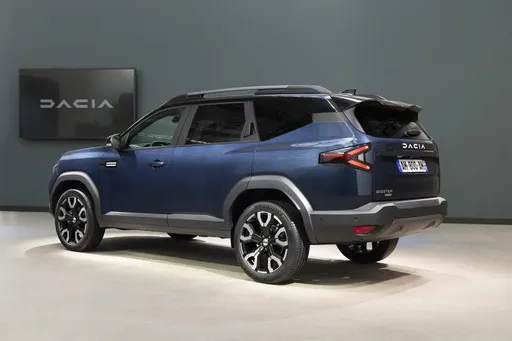 @ Dacia / Renault Group Media
@ Dacia / Renault Group Media
 @ Dacia / Renault Group Media
@ Dacia / Renault Group Media
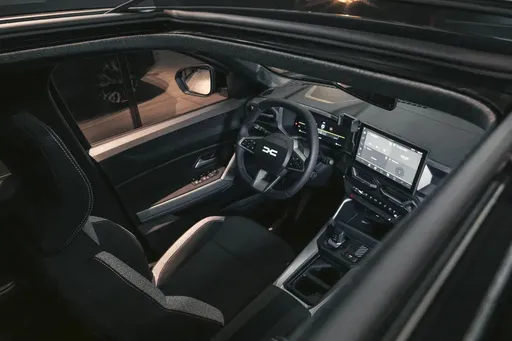 @ Dacia / Renault Group Media
@ Dacia / Renault Group Media
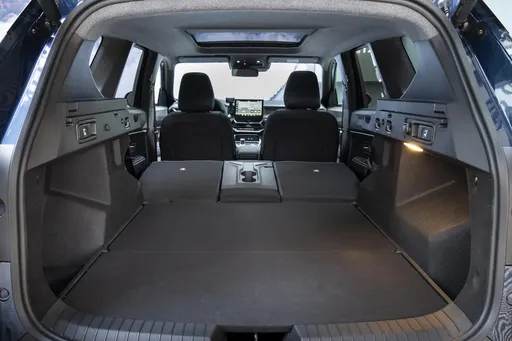 @ Dacia / Renault Group Media
@ Dacia / Renault Group Media
 @ Abarth / Stellantis Media
@ Abarth / Stellantis Media
|
 @ Dacia / Renault Group Media
@ Dacia / Renault Group Media
|
|
|
|
Costs and Consumption |
|
|---|---|
|
Price
32600 - 39400 £
|
Price
20600 - 26600 £
|
|
Consumption L/100km
-
|
Consumption L/100km
4.7 - 7.1 L
|
|
Consumption kWh/100km
17.1 - 18.8 kWh
|
Consumption kWh/100km
-
|
|
Electric Range
242 - 265 km
|
Electric Range
-
|
|
Battery Capacity
37.80 kWh
|
Battery Capacity
-
|
|
co2
0 g/km
|
co2
106 - 137 g/km
|
|
Fuel tank capacity
-
|
Fuel tank capacity
50 - 55 L
|
Dimensions and Body |
|
|---|---|
|
Body Type
Hatchback
|
Body Type
SUV
|
|
Seats
4
|
Seats
5
|
|
Doors
3
|
Doors
5
|
|
Curb weight
1410 - 1435 kg
|
Curb weight
1425 - 1547 kg
|
|
Trunk capacity
185 L
|
Trunk capacity
510 - 667 L
|
|
Length
3673 mm
|
Length
4570 mm
|
|
Width
1682 mm
|
Width
1813 mm
|
|
Height
1518 mm
|
Height
1705 mm
|
|
Max trunk capacity
550 L
|
Max trunk capacity
1813 - 1937 L
|
|
Payload
370 - 385 kg
|
Payload
383 - 467 kg
|
Engine and Performance |
|
|---|---|
|
Engine Type
Electric
|
Engine Type
Petrol MHEV, Full Hybrid, LPG
|
|
Transmission
Automatic
|
Transmission
Manuel, Automatic
|
|
Transmission Detail
-
|
Transmission Detail
Manual Gearbox, Automated Manual
|
|
Drive Type
Front-Wheel Drive
|
Drive Type
All-Wheel Drive, Front-Wheel Drive
|
|
Power HP
155 HP
|
Power HP
130 - 155 HP
|
|
Acceleration 0-100km/h
7 s
|
Acceleration 0-100km/h
9.7 - 11.2 s
|
|
Max Speed
155 km/h
|
Max Speed
180 km/h
|
|
Torque
235 Nm
|
Torque
230 Nm
|
|
Number of Cylinders
-
|
Number of Cylinders
3 - 4
|
|
Power kW
114 kW
|
Power kW
96 - 115 kW
|
|
Engine capacity
-
|
Engine capacity
1199 - 1799 cm3
|
General |
|
|---|---|
|
Model Year
2023
|
Model Year
2025
|
|
CO2 Efficiency Class
A
|
CO2 Efficiency Class
E, D, C
|
|
Brand
Abarth
|
Brand
Dacia
|
Is the Abarth 500 595 695 offered with different drivetrains?
The Abarth 500 595 695 is offered with Front-Wheel Drive.
The prices and data displayed are estimates based on German list prices and may vary by country. This information is not legally binding.
